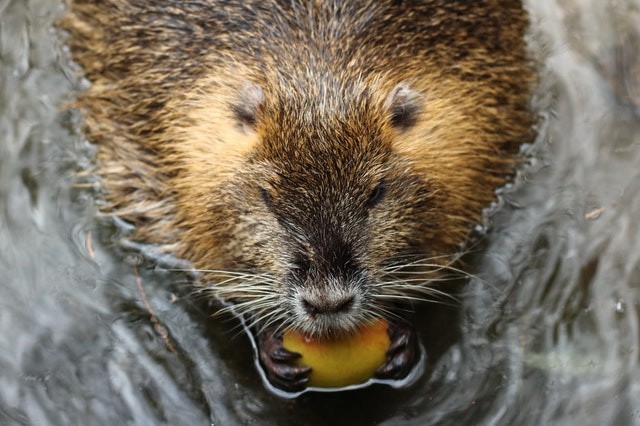In early January, Cyrus Harris hopped on a snowball and zoomed up a peninsula close to Kotzebue, Alaska, to break the trail for his sled dogs. He said the first beaver dam he's running into is roughly three miles from town.
As indicated in a WIRED report, once missing "in the northwest part of the state," beavers are both getting benefit from, and changing in the warming landscape.
Close to that one is another one, roughly five miles is another one, and that's only one small area. Harris was born in 1957 and spent his childhood through Kotzebue Sound in Sisualik.
Describing the beavers, he said, they were really "just unheard-of," adding, it is "crazy the amount of beaver coming in," they are simply raiding the entire area.
ALSO READ : Over 30 Tasmanian Devil Roadkill Deaths in Woolnorth Road Found to Be Caused by Tumor Disease

Beavers Doubling in Number
According to High Country News this report originally come out, beavers, once rarely seen in northwest Alaska, began appearing more often in the 1980s and 1990s. Pastor Lance Kramer is currently trapping beavers, mostly for making fur hats.
Recently, he asked an elder about the first sightings of the area. He said they asked this thing on the tundra, and it appeared like a wolverine, although it was in fact, a long beaver. He continued, the animal had walked so far on the tundra "to get up this way" that it was wearing out its trail's bottom.
Now, the beavers, as well as their dams, lodges, and ponds are everywhere. Through the use of satellite images of the Kotzebue area, scientists discovered that the number of beaver dams surged from two to 98 from 2002 to 2019, which is a 5,000 percent jump.
It's not only the said area. Beaver ponds doubled in number regionally too, since 2000, now with 12,000 in northwestern Alaska. Beaver, also called "ecosystem engineers" because of the manner they are flooding their surroundings, are converting the tundra.
Transforming the Tundra
The largest rodent of North America is moving north partly due to climate change. As the tundra becomes warmer and greener, it becomes more inviting to beavers, too which need shrubs for food, lodges, and dams.
Their production is also associated with a so-called "population rebound." Beaver trapping, a common practice for hundreds of years, has tapered off, and the animals are prospering.
Beavers were recently referred to as a "new disturbance" in the 2021 Arctic Report Card of the National Oceanic and Atmospheric Administration, an annual report that tracks changes in the region. That is because they dam rivers, not to mention, create deeper, warmer ponds that open up new aquatic habitat types.
According to ecologist Ken Tape, who studies beaver expansion at the University of Alaska Fairbanks, the key question to ask, each time one is standing in the Arctic is, how long it will take for beavers to get there. He added, as when they get there, "it will never be the same again."
Carrying the 'Giardia Parasite'
Harris expressed apprehension that beavers swimming in the reservoir that supplies the drinking water of Kotzebue could overpower the community water treatment plant.
Beavers, as well as the other animals, are carrying the giardia parasite, which they expel into the environment, and water contaminated with their feces can lead to intestinal infections.
Harris and others used to drink directly from rivers during hunting and fishing trips, although today, they are having second thoughts. He said if the water quality gets damaged, "where do we go from there?
Related information about beavers migrating into Arctic is shown on CBC News's YouTube video below:
RELATED ARTICLE : Beavers Released Into Enclosure to Help Restore Wetland Habitats
Check out more news and information on Animals on Science Times.
© 2026 ScienceTimes.com All rights reserved. Do not reproduce without permission. The window to the world of Science Times.










